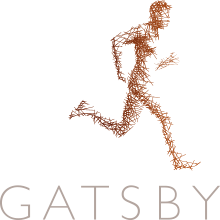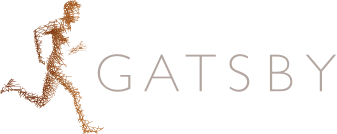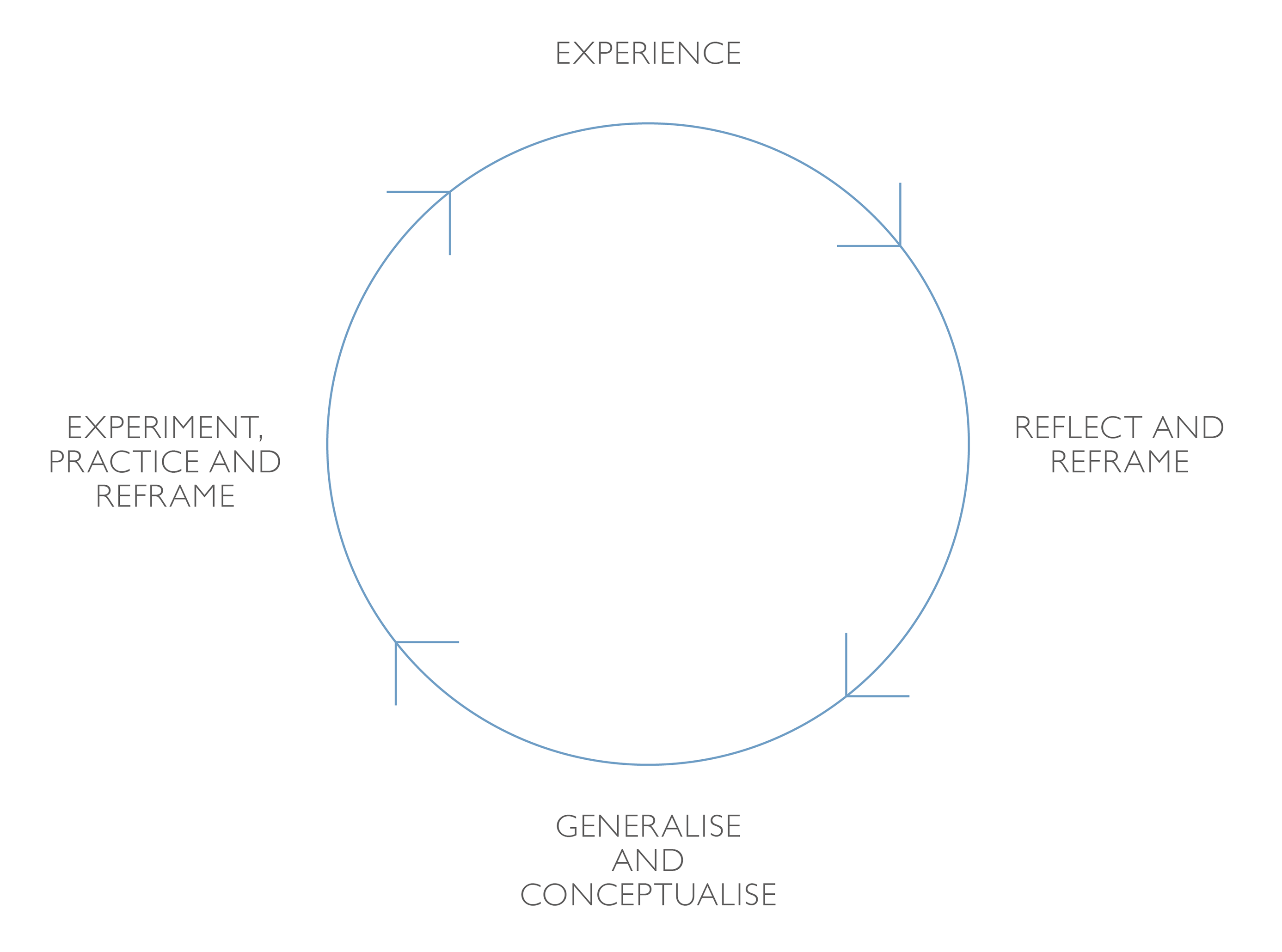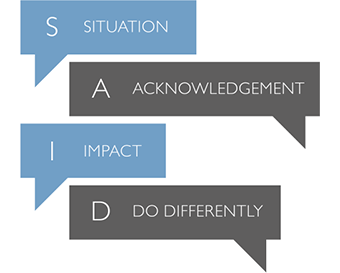Support For Industry Placement Mentors
11. Supporting students’ learning
Learning is part of being alive, as natural as breathing and just as necessary. You and everyone else on earth knows how to do it. Helping someone else to learn is a bit harder though. To do that properly you need some understanding of learning at different stages and in different situations, and as a mentor it’s useful to have a few techniques at your fingertips.




